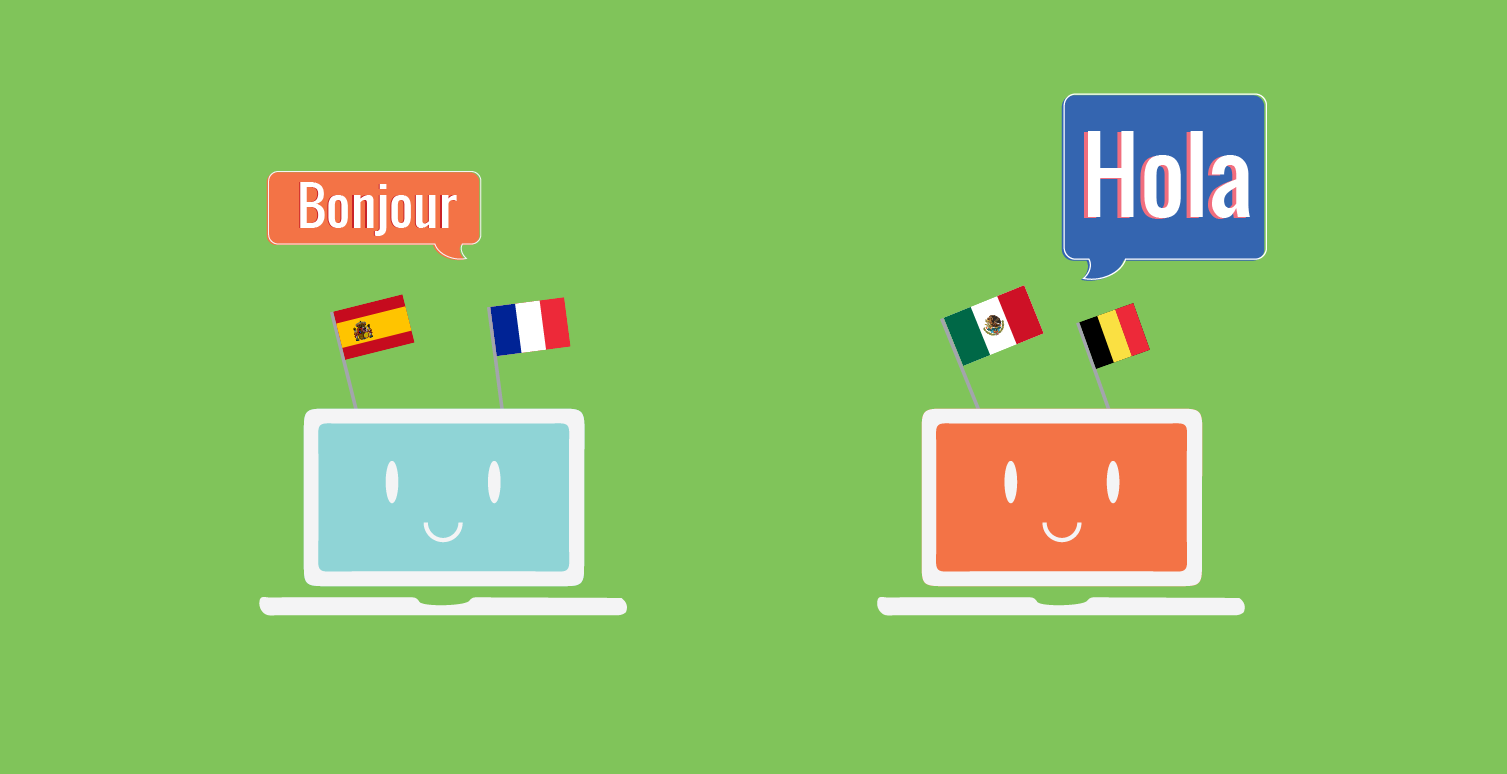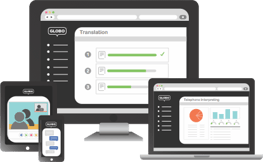Stay up to date.
Stay connected with tips, resources & stories on language access.

Every healthcare system needs to have a functional, informative website. But consider this: Are your patients able to read the website in the language they speak?
Many of your patients--about 20 percent--speak a language other than English at home, but most websites are written in English. A global survey of 3,000 individuals reveals that more than half of those individuals prefer websites written in their native tongue, or boycott English-language websites altogether. A study from the European Union found that nine out of 10 users always visit websites in their own language when presented with a choice of language, even if they also speak English.
Today’s reality is your healthcare system’s website must be translated into the languages of your potential and current patients. However, you should never use an online, machine translation tool to translate your website--you must employ professional translation services (in other words, human translators) through a language services provider that can manage the process from execution to completion.
We must repeat it: No computer can match the mastery of a qualified human translator. For that reason, website translation is a mission-critical job that shouldn’t be left to computers. In other words, translating your site’s key messaging through some online tool is not just insufficient, but, frankly, the wrong approach.
When translating a website, experienced linguists use appropriate grammar and syntax, and consider context when making word choices. More importantly, a medically-qualified linguist will be able to accurately translate critical medical and insurance terminology.
Always use a qualified linguist if you’re translating a website because it will produce a more reliable and accurate translation, which is critical for public-facing content.
One in five U.S. residents speaks a language other than English at home, and that figure continues to grow. In fact, in six states (California, New Mexico, Texas, New Jersey, Nevada and New York), more than 30 percent of the population speaks a language other than English at home.
To ensure your website is accessible to all patients, your healthcare organization must identify non-English-speaking populations in your coverage areas. Use Census data to build community profiles, and partner with a language services provider that offers population data that highlights which languages are most prevalent in the communities you serve.
Your next step should be to translate your website into each language predominantly spoken in your coverage areas. By making your website more accessible to these Limited English Proficient populations, you can better care for the patients in your community.
In fact, you’re likely communicating with these limited-English patients already through mandated taglines and notices. Section 1557 of the Affordable Care Act (ACA) requires that healthcare organizations display translated taglines, in their state's top 15 languages, on their website, along with non-discrimination notices.
Depending on the amount of content available on your website, translating all of the text can be time consuming. Health systems should focus on translating critical information first, such as how to access healthcare services and the availability of language assistance for limited-English speakers. Additionally, using the language list provided by the U.S. Department of Health & Human Services (HHS), combined with population data provided by a language services provider, health systems can prioritize which of their top 15 languages to fully translate their website into first.
Cultural differences matter. When translating your website, you must consider the subtle differences between languages and the cultural norms of your local limited-English populations. You may have to craft new, or adjust existing, messaging to account for the culturally and linguistically diverse populations in your coverage area.
Your healthcare organization should partner with a language services provider that can both manage your website translation project and offer transcreation services, which aid in positioning your message across different cultures.
The cost of not translating your website is just too high. The reality is, if limited-English speakers can’t navigate or understand your website, they are more likely to prevent or delay care, or perhaps search for care at another health system. You even run the risk of limited-English speakers running your website’s copy through a free machine translation tool and receiving jumbled, incorrect messaging.
A thorough and accurate website translation, managed and completed by a language services provider that works with medically-qualified linguists, will result in a boost in your online presence, enhanced brand awareness, improved patient outreach and retention and, overall, a better patient experience.

|
GLOBO's language management platform, GLOBO HQ™, makes it easy to order, manage and track translation projects across your entire health system. Our team of translation project managers and medically-qualified linguists ensure your projects are handled with care, completed on time and sent through rigorous quality checks. If you'd like to learn more, contact us today. |